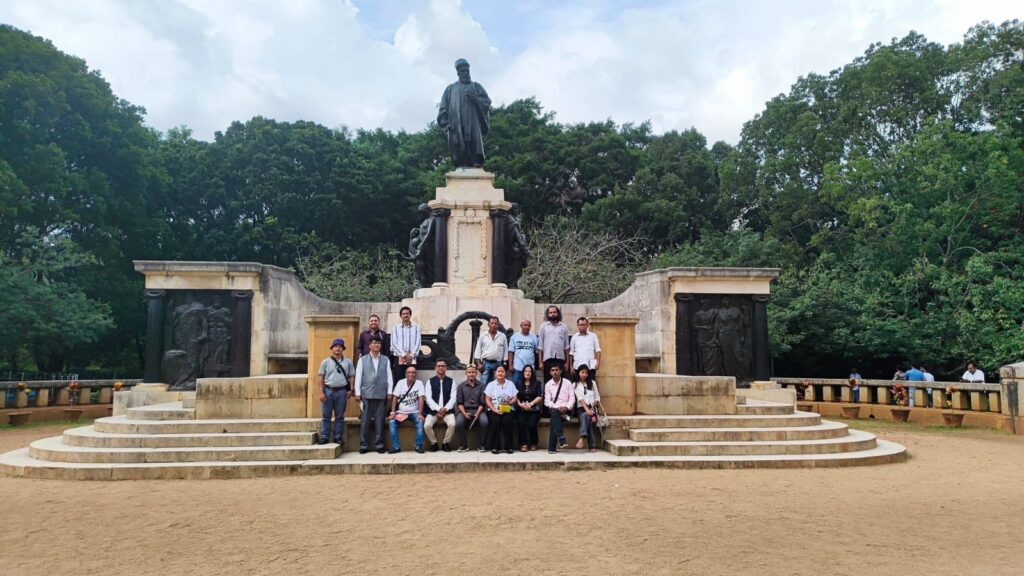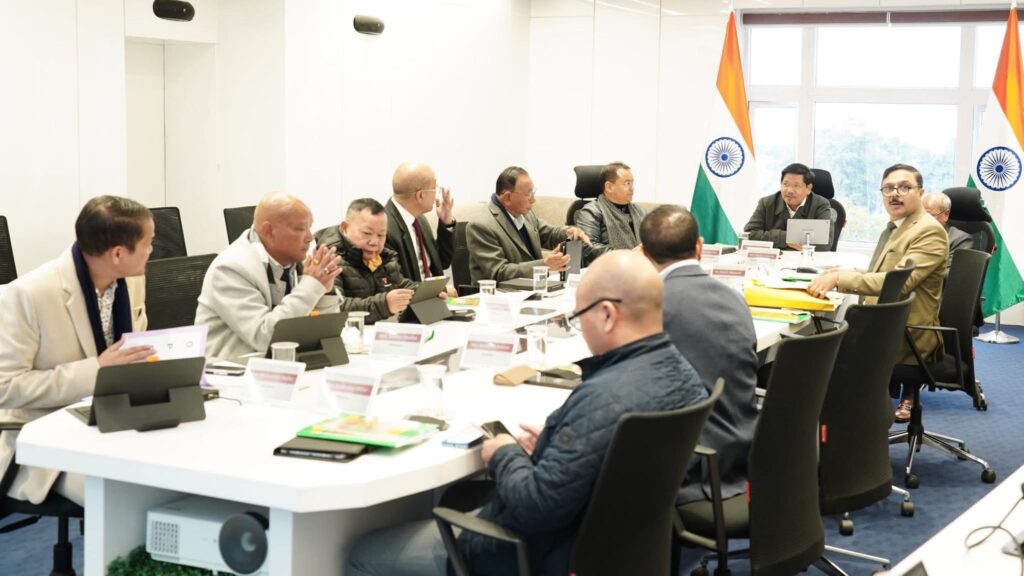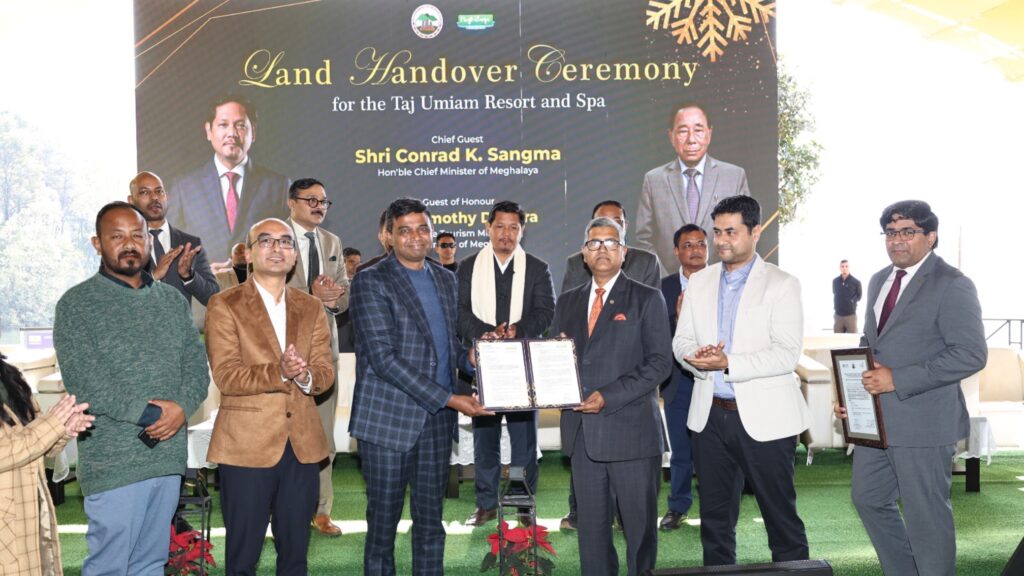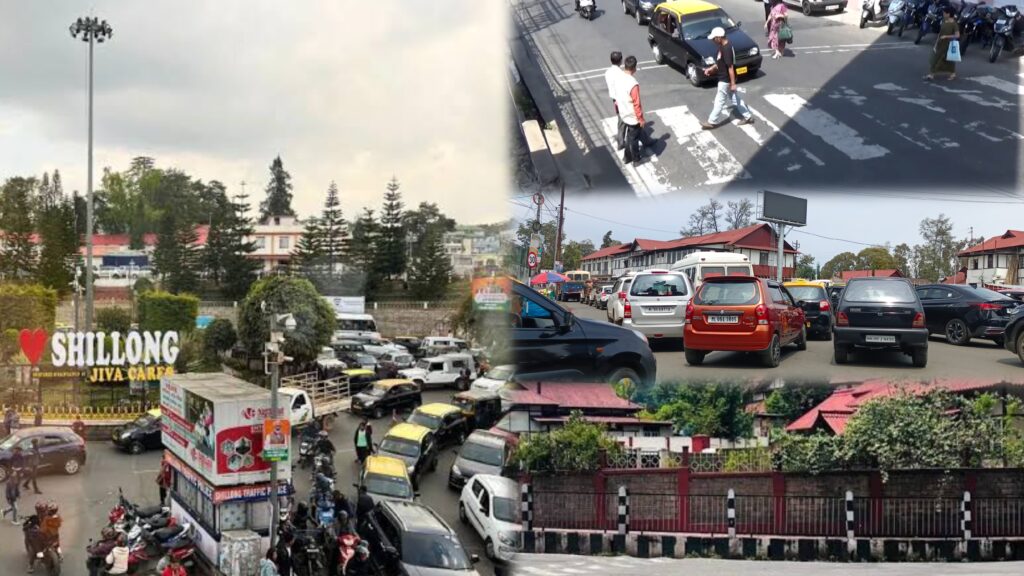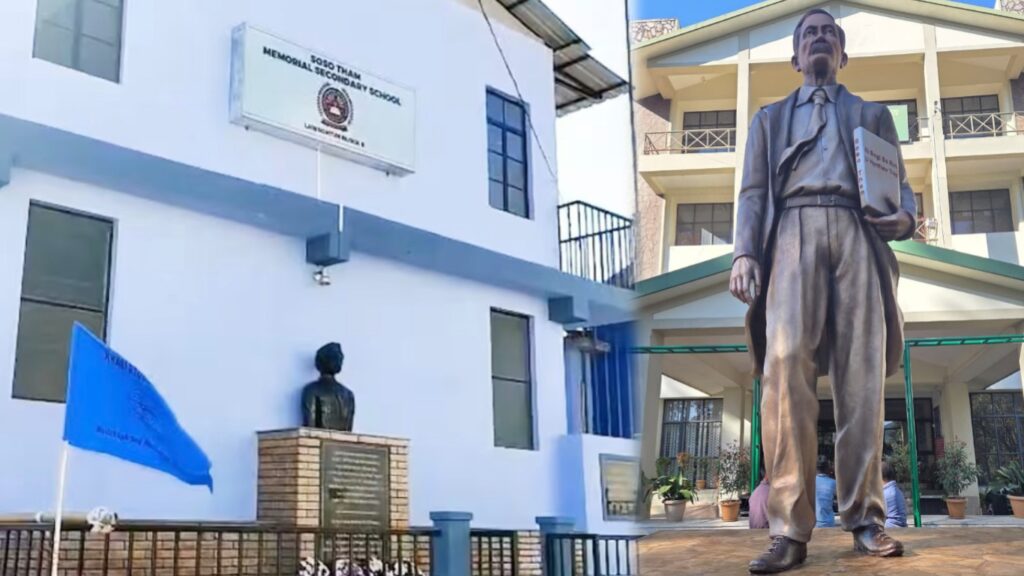Shillong, October 16 : A 14-member delegation of senior journalists from Meghalaya and Tripura, currently on a Press Tour to Karnataka, yesterday visited two of Bengaluru’s most iconic institutions – the Vidhana Soudha, the seat of Karnataka’s legislature, and the Indian Institute of Science (IISc), the country’s premier institution for scientific research and higher education.
Organised to foster national integration and promote cross-regional understanding, the Press Tour is providing participants with direct exposure to Karnataka’s rich administrative, scientific, and cultural landscape.
At the heart of today’s visit was a comprehensive tour of Vidhana Soudha, the majestic seat of Karnataka’s state legislature. The delegation was welcomed by Shri Gyanshekhar, a senior Parliamentary Guide, who provided a vivid and informative briefing on the historical, architectural and legislative significance of the structure.
“Namaskar and welcome to the Vidhana Soudha – not just a government building, but a living symbol of Karnataka’s democratic spirit and architectural legacy,” said Shri Gyanshekhar.
He shared that Vidhana Soudha was conceived and built under the leadership of Kengal Hanumanthaiah, the then Chief Minister of Mysore State, to embody post-Independence India’s aspirations for self-governance, dignity and Indian identity. The foundation stone was laid by Prime Minister Jawaharlal Nehru in 1951, and the structure was completed in 1956.
Built using granite sourced from around Bengaluru, the building rises to a height of 150 feet, with four floors above ground and one below and spans an area of over 60 acres. It is one of the largest legislative buildings in India, and represents a blend of Neo-Dravidian, Indo-Saracenic, and classical Indian temple architecture.
The central dome, crowned with the national emblem – the Lion Capital of Ashoka, dominates the skyline, while the front facade bears the inscription: “Government Work is God’s Work” – a statement reflecting the moral responsibility of public service.
The delegation was also introduced to the structure and function of the bicameral Karnataka Legislature, housed within Vidhana Soudha. The Legislative Assembly (Vidhana Sabha) is the lower house, comprising 224 elected members (MLAs). It is responsible for legislation, budget approval, and holding the executive accountable.
The Legislative Council (Vidhana Parishad) is the upper house, a permanent body with 75 members, indirectly elected from various constituencies including teachers, graduates and local authorities. It serves as a chamber of review and detailed deliberation.
“Together, the two houses ensure checks and balances, broaden the scope of representation, and reflect the democratic maturity of the state,” Shri Gyanshekhar concluded.
Earlier in the day, the delegation visited the Indian Institute of Science (IISc) – a global leader in scientific education and research, established in 1909 with the vision of industrialist Jamsetji Tata and the support of the Maharaja of Mysore.
A detailed presentation was delivered by Ms Yashali from Communication Department and they were also informed that the IISc has consistently been ranked as India’s No. 1 institution in the National Institutional Ranking Framework (NIRF) by the Government of India, a recognition it has held for several consecutive years for its excellence in teaching, research, innovation and global academic impact.
The journalists toured two of the institute’s most advanced research centres: the Supercomputer Education and Research Centre (SERC) and the Centre for Brain Research (CBR) and were briefed on IISc’s pivotal role in advancing India’s position in the global scientific community.
At SERC, the team witnessed PARAM Pravega, one of India’s fastest and most powerful indigenously developed supercomputers, commissioned under the National Supercomputing Mission (NSM).
PARAM Pravega supports high-end research in climate modelling, artificial intelligence, materials science and aerospace simulations.
Researchers explained how the supercomputer enables both academic and government institutions to address complex scientific and societal challenges.
The journalists were also reminded that IISc has produced some of India’s most distinguished scientists
As the Karnataka Press Tour continues, the delegation now proceeds to Mysuru, where they will explore the city’s rich cultural, educational and tribal institutions, further deepening their understanding of Karnataka’s contribution to national development.

